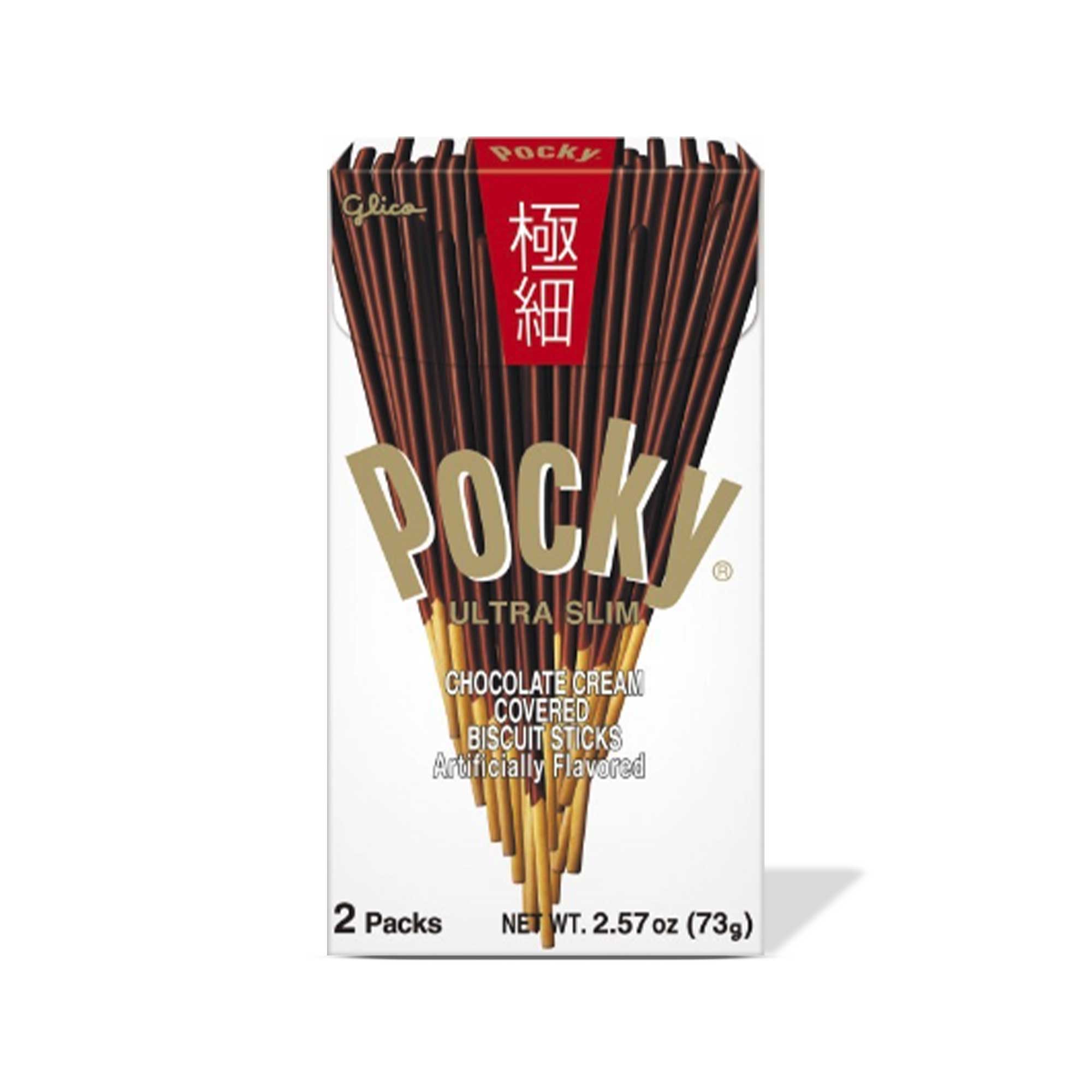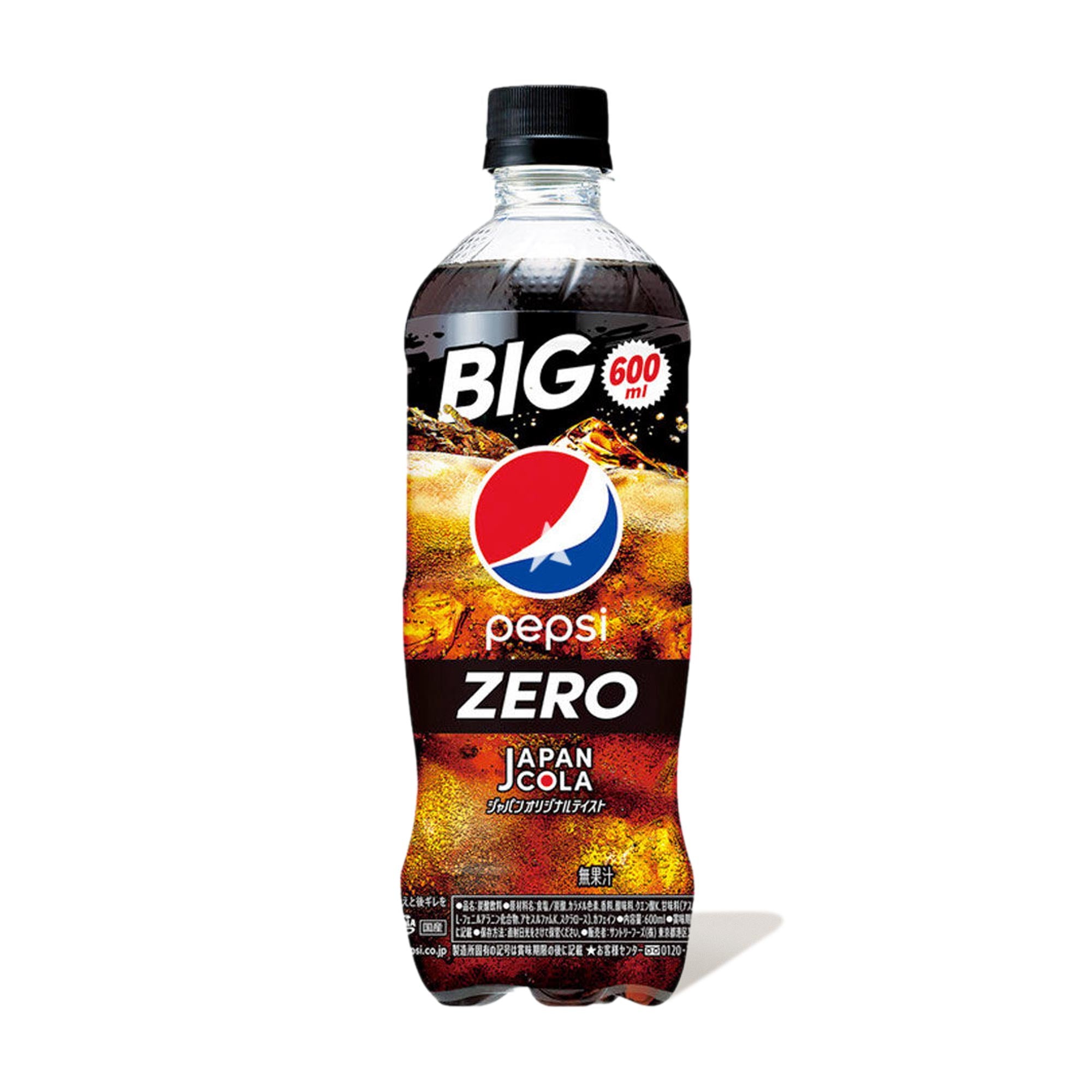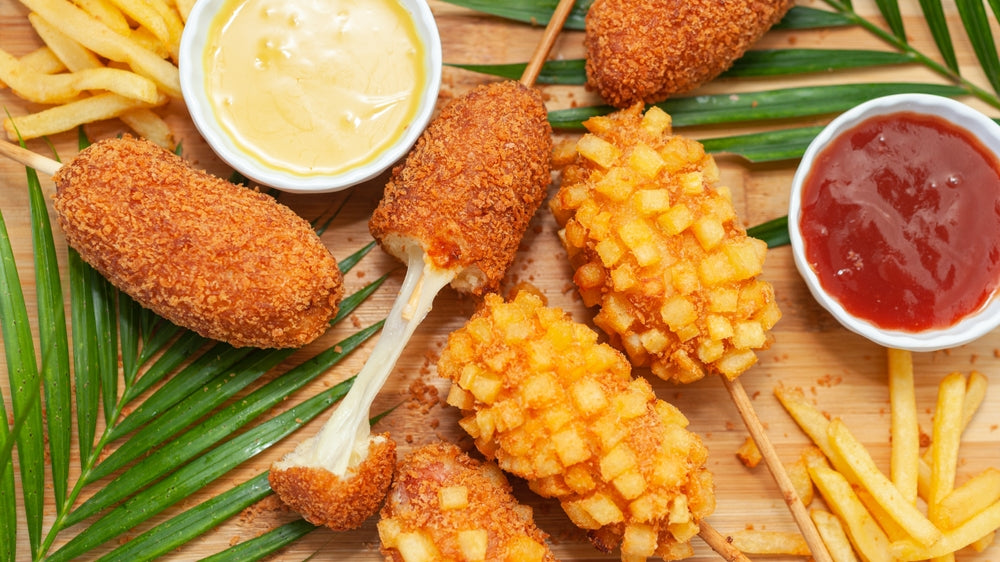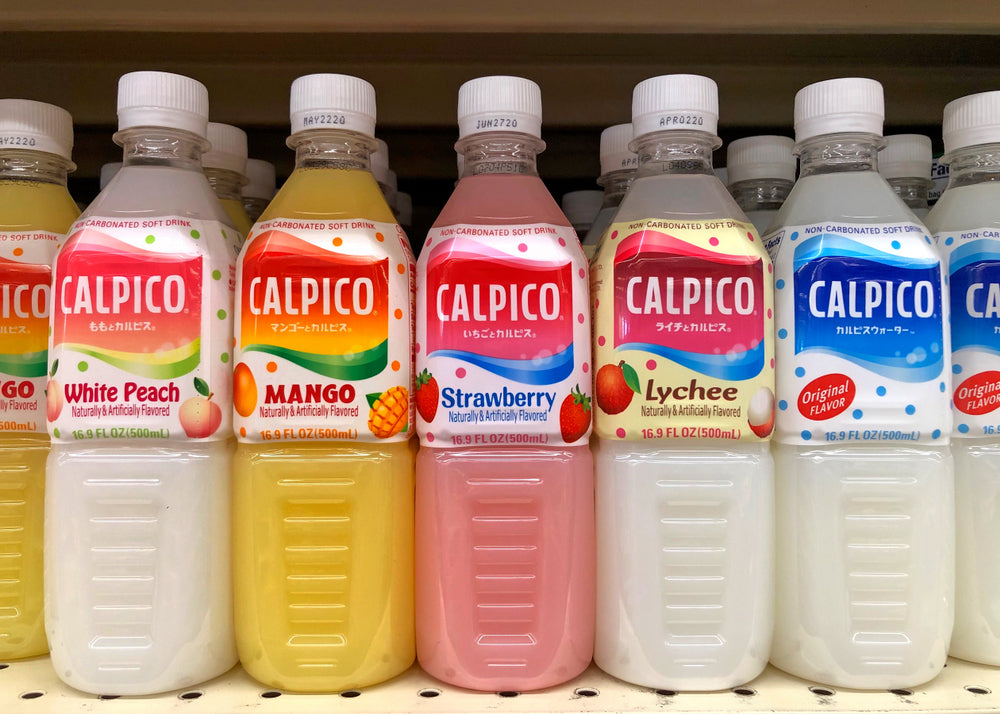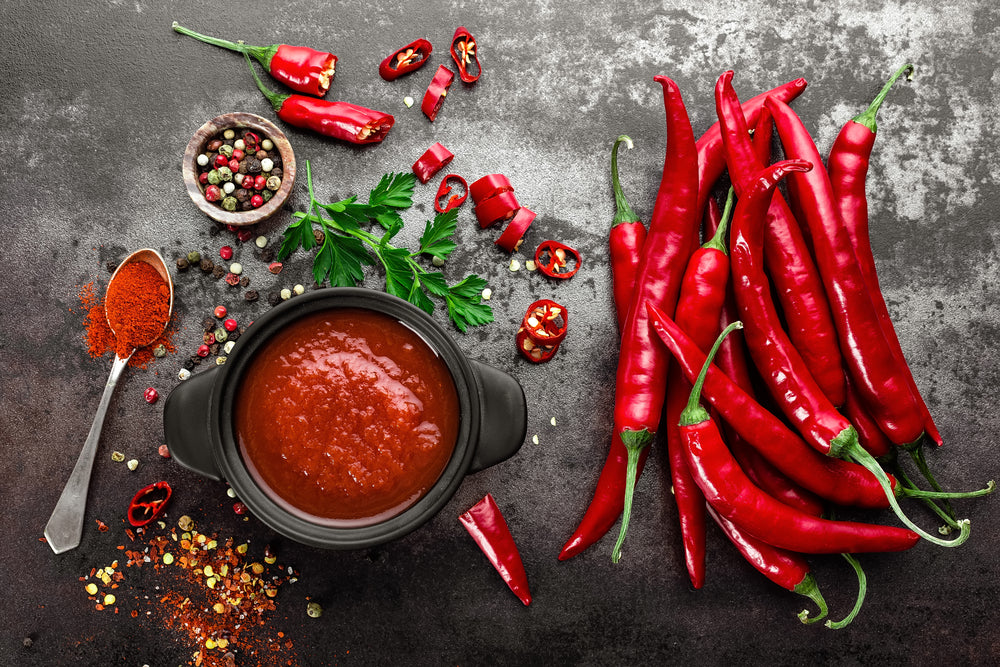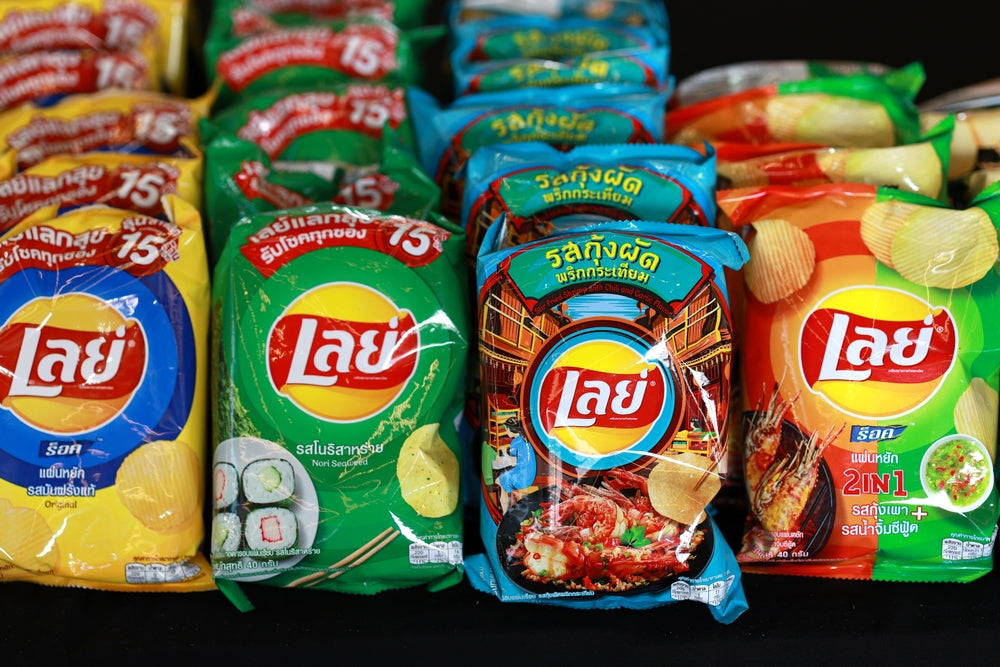Just Noodlin' Around: Cooking With Soba!
Noodle-lovers rejoice! Soba is a thin noodle made of a combination of wheat and buckwheat, a nutritious whole grain that is also gluten-free. Soba is delicious served hot or cold with both iterations of the dish being equally popular. A bowl of hot toshikoshi soba is eaten on New Year’s Eve. The length of the noodles symbolizes longevity while the ease of cutting the noodles with your teeth signifies cutting off negativity or hardship from the past year.

Soba was also once a common street food served out of yatai, mobile wooden pushcarts found everywhere in the Edo period. Today, you can buy a bowl of soba from a variety of places, including affordable quick-service restaurants to expensive specialty establishments.
Soba noodles come in a variety of different types. Some are a light brown—these are made with a lot of buckwheat flour, which lends them their color. Some soba noodles like sarashina soba are white because they are made with the middle part of the buckwheat grains instead of buckwheat flour. Cha soba is made with a combination of buckwheat flour blended with matcha green tea, which lends the soba the subtle scent and flavor of green tea.
During the summertime, cold soba dishes like zaru soba and oroshi soba prevail, helping hungry Japanese people beat the heat. The last thing most people want to eat during a hot and humid summer is a steaming bowl of noodles. In the case of zaru soba, the boiled soba noodles are served cold on a separate dish alongside a bowl of dipping sauce. For oroshi soba, the chilled noodles are served in a bowl with cold noodle sauce and topped with grated daikon.

Winter is when hot soba is the favored choice. Hot soba noodles are usually served in a bowl of broth with various toppings of your choice. Common toppings include tempura shrimp, kakiage (a tempura fried shredded vegetable fritter), and grated radish though the sky is really the limit. Though toppings are not necessary to enjoy a bowl of soba. The most basic kind of soba is kake soba, a dish of soba served in a hot dashi broth topped with diced spring onions.
Soba noodles are very versatile and can be used as a substitute in any noodle recipe. If you want a slightly healthier take on ramen, you can try swapping out the included fried instant noodles for a bundle of soba noodles. Or try making either the cold soba or hot soba dishes mentioned above too. You can even make yakisoba. Despite its name, yakisoba is typically made with Chinese-style wheat noodles. Try making it with soba noodles instead. Follow your favorite yakisoba recipe and fry up a bundle of soba. The inclusion of soba gives the pan-fried noodles a more complex, slightly nutty and earthy flavor.
But where can you find quality soba noodles? You don’t have to look too far. Bokksu Market has you covered with a wide selection of quality Japanese ingredients. As the first nationwide Japanese grocery store, Bokksu Market makes it easy to find the best items so you can discover and stock up on Japanese grocery essentials.
We are currently offering two varieties of organic soba noodles, a classic variety of Hakubaku organic soba noodles and Hakubaku organic cha soba noodles. The classic soba noodles are inexpensive, nutritious, and versatile enough to be used hot or cold, in salads, soups, stir-fries, and more. The cha soba noodles are typically reserved for special occasions, but don’t let that stop you from giving these noodles a taste. We’re sure you’ll fall in love with their delicate tea flavor. Add a bundle or two into your cart and don’t wait to slurp up a mouthful of these delicious soba noodles today.
By Melanie Totenberg
Author Bio


